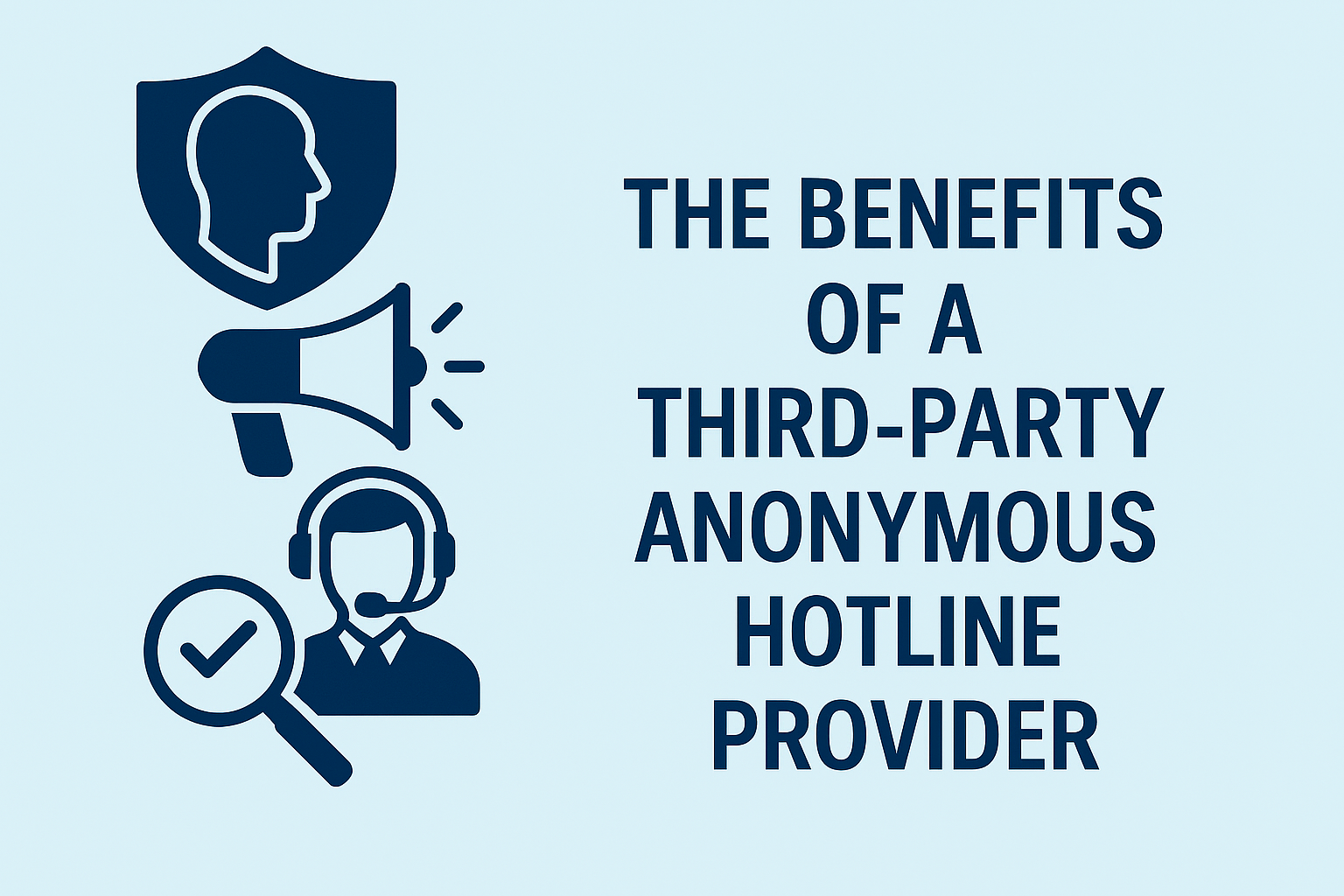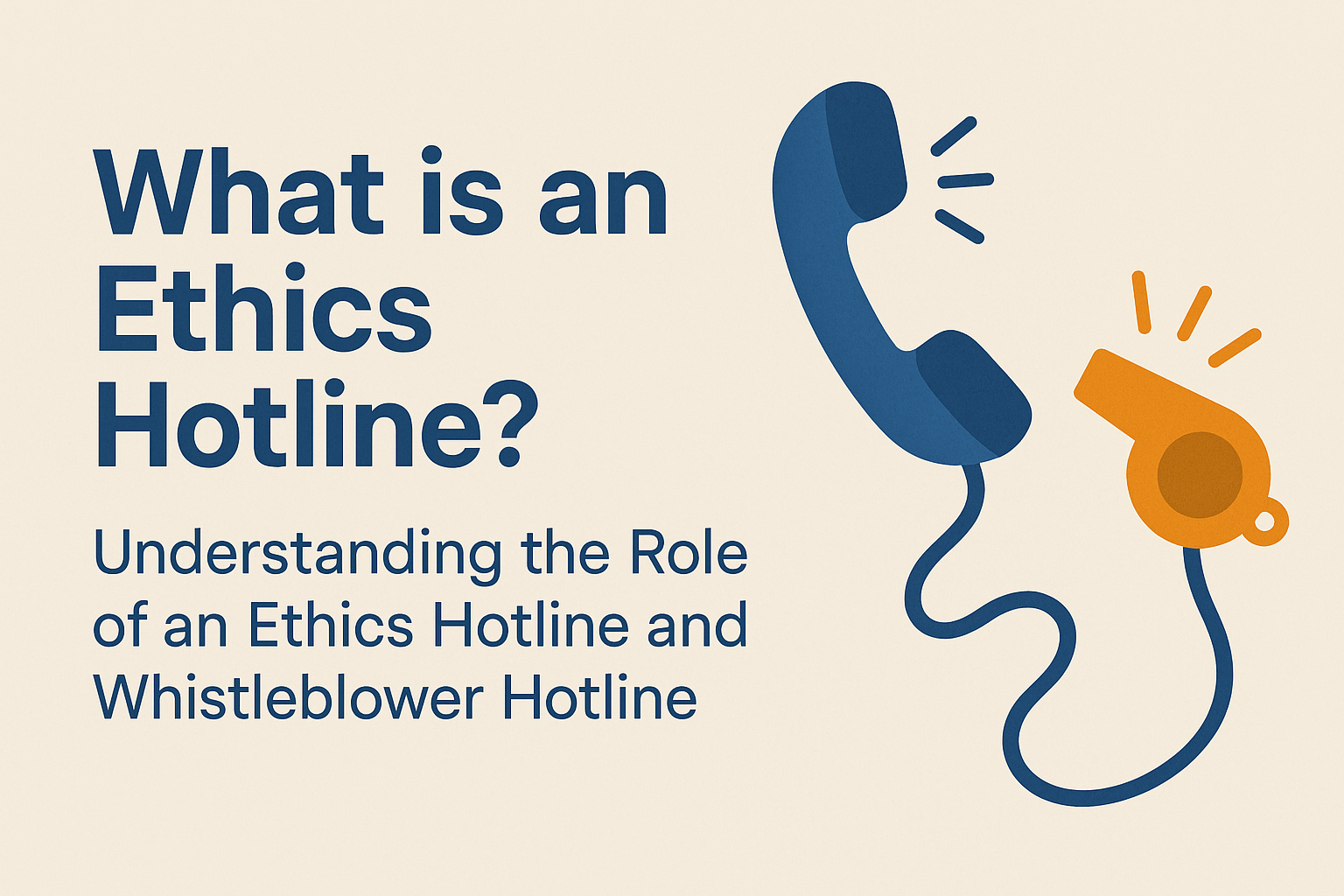One way that fraudsters cover up their behavior is by manipulating electronic bank statements. Unfortunately, the process of editing electronic statements is fairly simple and does not require suspicious software. The Association of Certified Fraud Examiners (ACFE) Insights article, “Fraudulent Manipulation of Bank statements in Electronic Format,” by Peter Davis and Sara Beretta provides useful information on this topic. The following is a summary of their findings and recommendations.
Electronic statements are typically downloaded in PDF format. Fraudsters with access to these statements may employ a number of strategies to edit them. PDFs can be altered with software that allows individuals to convert them into an alternate format, make edits, and revert them to PDF format. Some software allows for changes to be made without converting files or allows for duplication and editing of images using screen capture. While it is impossible to fully eliminate the risk of fraudulent manipulation, the article describes multiple ways to make PDFs more secure. Password protected security features can be applied to PDFs to prevent manipulation, however, most banks do not use these features on electronic statements. Additionally, the article states, “The most secure PDF files can restrict users from changing a document, combining multiple files, extracting pages, copying text and even printing the files.” It explains that while preventing account personnel from printing statements may seem impractical, fraudsters avoid security features on PDFs by simply printing and scanning them to create unprotected versions. Once again, this security feature is rarely used, so it is important to combat fraudulent manipulation of electronic statements through other means.
The authors warn examiners to be cautious when relying on statements in PDF format that do not come directly from the financial institution because fraudulent changes are nearly impossible to detect. They recommend watching out for slight differences in font types and sizes, statements that appear to have been scanned but have been converted to text format, excessive bank fees that may be due to overdraws that have been covered up, and discrepancies between ending balances of prior statements and beginning balances of subsequent statements, as these are all warning signs of manipulation. To conclude, as electronic banking and paperless statements become the norm, it is important to stay vigilant of fraudsters who will try to use this system to their advantage.
Want to learn more about preventing fraud? Check out our article here.
Learn more about empowering your employees to speak-up through and independent hotline here.
Reach Us
Red Flag Reporting
P.O. Box 4230, Akron, Ohio 44321
Tel: 877-676-6551
Fax: 330-572-8146



